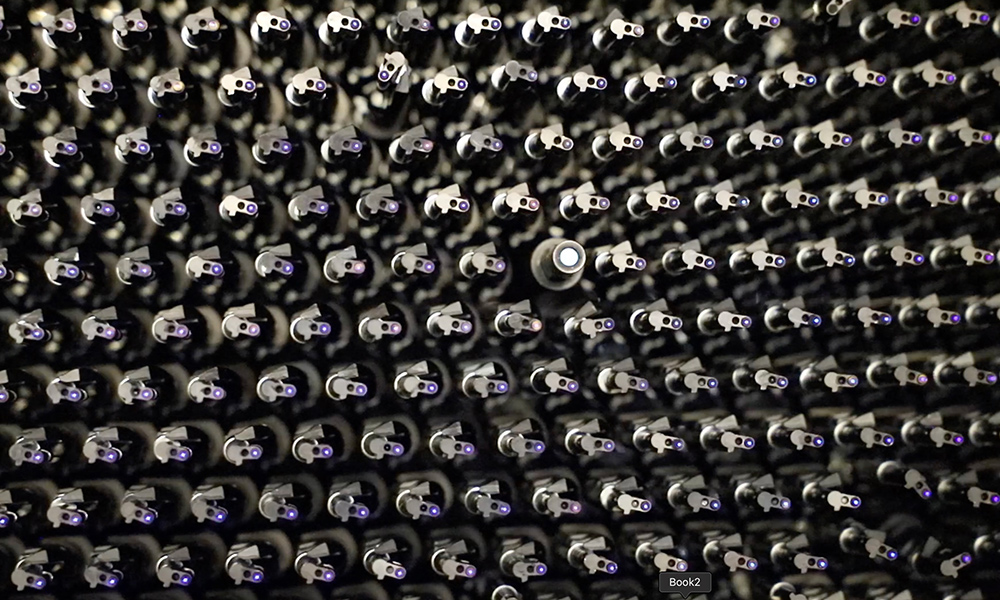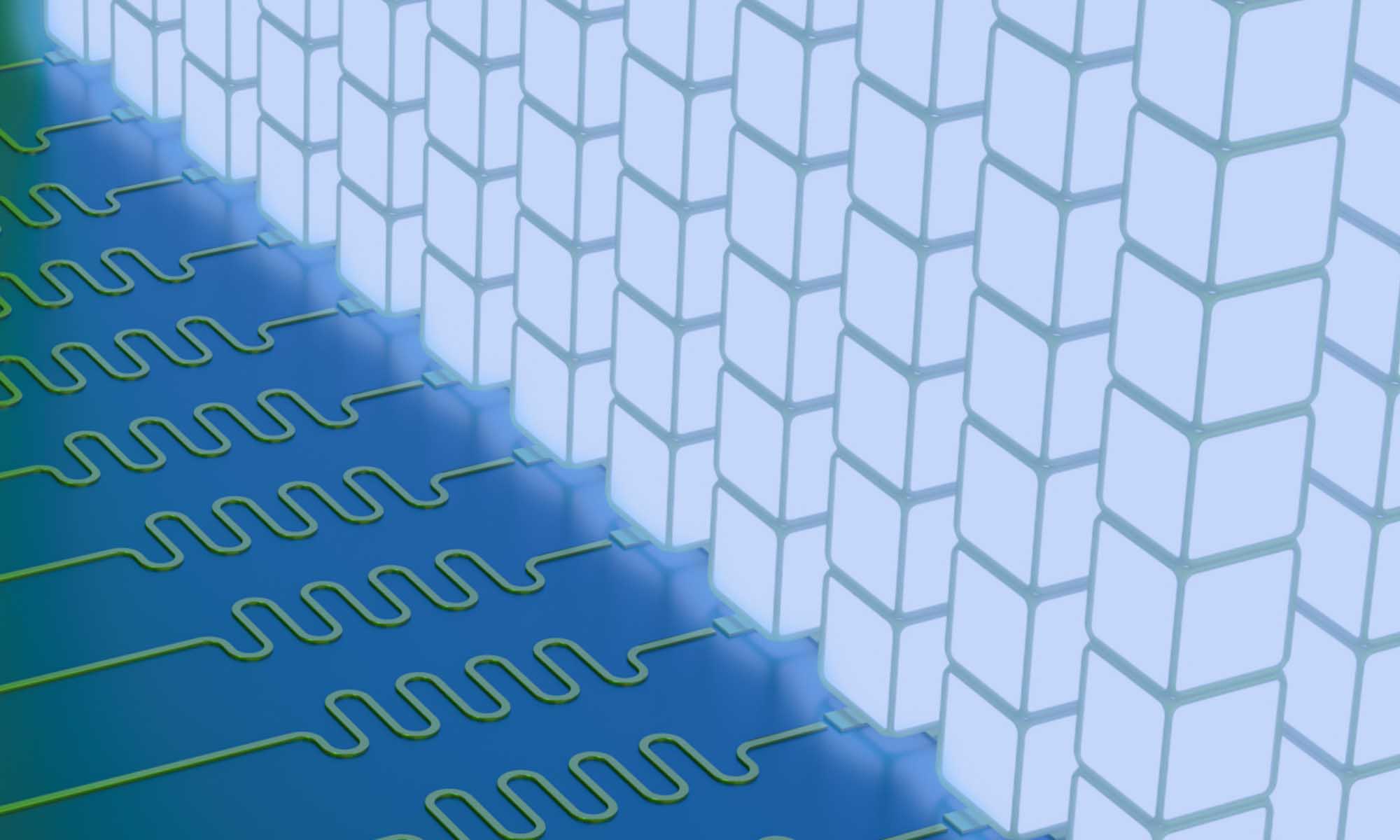Rochester researchers are key members of an international collaboration to create a 3D map of the universe, which will help unravel the mysteries of dark energy.
A five-year quest to map the universe and unravel the mysteries of dark energy will officially commence this month as the Dark Energy Spectroscopic Instrument (DESI) begins its main survey to capture and study the light from 35 million galaxies and 2.4 million quasars—the most luminous objects in the universe—across an area of sky in the Northern Hemisphere.
Researchers will use the data collected by DESI to peer back through 12 billion years of the universe’s 13.8 billion-year history. The goal is to unravel more clues to the mystery of dark energy—a hypothetical entity that makes up more than 70 percent of the universe and is hypothesized to be driving the universe’s expansion—and ultimately create the most detailed 3D map of the universe ever made.
DESI is an international science collaboration involving 75 institutions in 13 countries. Among the DESI participants are researchers from the University of Rochester’s cosmology group, a crossdisciplinary group that includes professors, postdoctoral research associates, graduate students, and undergraduates from physics, astronomy, data science, and computer science.
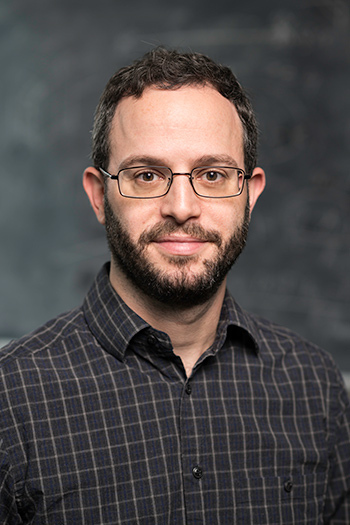
The project will measure 10 times more galaxy spectra than ever before obtained.
“When I was in graduate school, catalogs of 100,000 galaxy spectra took years to construct,” says Segev BenZvi, an associate professor of physics and a member of Rochester’s cosmology group. “Today, DESI can record that many spectra in a single night with good observing conditions. It’s those high statistics that allow us to achieve a big leap in the precision of measurements of general relativity and dark energy.”
What is the Dark Energy Spectroscopic Instrument (DESI)?
The DESI instrument resides at the retrofitted Mayall Telescope at the National Science Foundation’s Kitt Peak National Observatory near Tucson, Arizona. The instrument incorporates new optics that increase the field of view of the telescope and includes 5,000 robotically controlled optical fibers to gather spectroscopic data from an equal number of objects in the telescope’s field of view.
The Rochester group is responsible for ensuring that the 5,000 fibers are optimally pointed at their targets, by developing and troubleshooting software designed to control the fibers.
Rochester’s historic strengths in optics and physics
Rochester’s robust history of research in optics, physics, and in probing the mysteries of our universe make DESI an ideal project for the cosmology group.
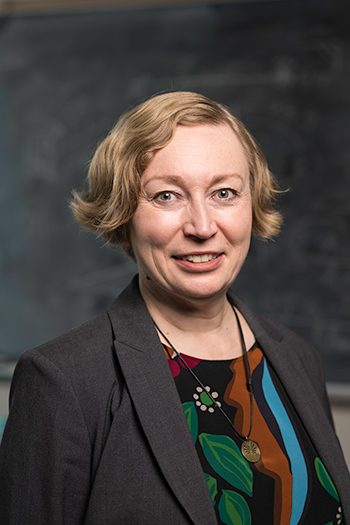
To prepare for DESI, members of the cosmology group, co-led by Regina Demina, a professor of physics, have developed novel algorithms to study the accelerating expansion of the universe, the growth of structures in galaxy clusters, and the presence of dark matter on galactic scales.
“Fast and smart algorithms are the key to understanding the Big Data,” Demina says. “We are hoping to use our algorithms to test the matter distribution in the primordial universe, which will help shed light on what processes were driving its expansion moments after the Big Bang, also known as inflation. Not even particle accelerators that probe the condition of the universe that was a picosecond old, can reach that deep.”
After a COVID pause, DESI starts up again
The formal start of DESI’s five-year survey follows an eight-month pause on the project, due to the COVID-19 pandemic. Once the project started up again at the end of 2020, travel restrictions prevented the researchers from visiting Kitt Peak, so the Rochester group shifted to conducting remote observations.
BenZvi, for instance, set up a bank of monitors in his home office and has helped operate the instrument from Rochester every other weekend for the past four months, during the trial run of DESI’s custom instrumentation.
“While not as adventurous as being at Kitt Peak, it’s still great fun to watch the data appear in real time,” BenZvi says. “It’s incredible how quickly the instrument accumulates new data.”
On any given night, as the telescope is moved into a target position, the optical fibers align to collect light from galaxies as it is reflected off the telescope mirror. From there, the light is fed into a bank of spectrographs and CCD cameras for further processing and study.
Spectra collected by DESI are the components of light corresponding to the colors of the rainbow. Their characteristics, including wavelength, reveal information such as the chemical composition of objects being observed as well as information about their relative distance and velocity.
As the universe expands, galaxies move away from each other, and their light is shifted to longer, redder wavelengths. The more distant the galaxy, the greater its “redshift.” By measuring galaxy redshifts, DESI researchers will be able to create a 3D map of the universe.
DESI is supported by the US Department of Energy Office of Science and by the National Energy Research Scientific Computing Center, a DOE Office of Science user facility. Additional support is provided by the US National Science Foundation, the Science and Technologies Facilities Council of the United Kingdom, the Gordon and Betty Moore Foundation, the Heising-Simons Foundation, the French Alternative Energies and Atomic Energy Commission (CEA), the National Council of Science and Technology of Mexico, the Ministry of Economy of Spain, and by the DESI member institutions.
Read more
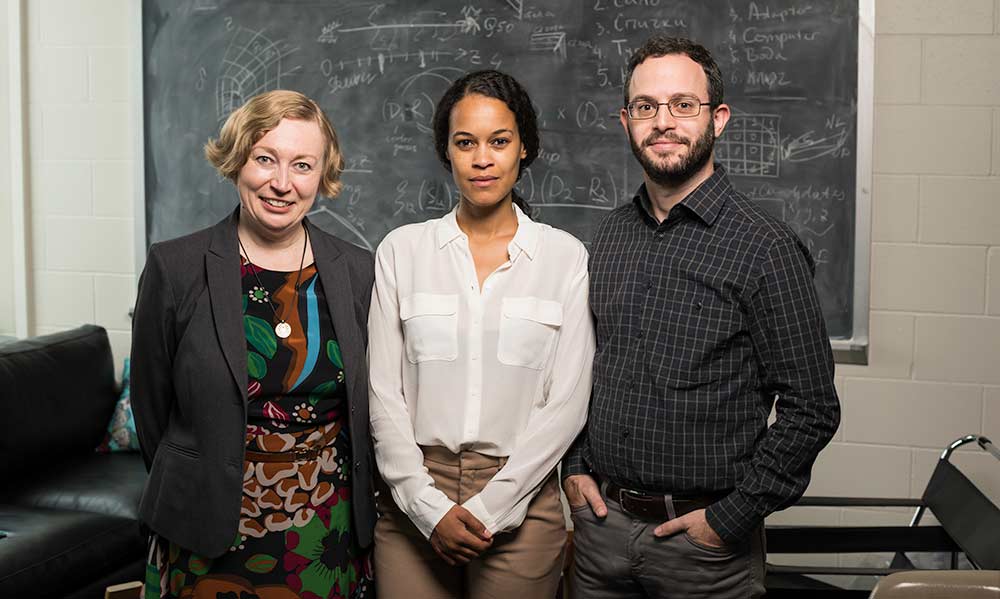 Rochester cosmology group has all eyes on dark energy
Rochester cosmology group has all eyes on dark energyRochester’s newly formed cosmology group is at work to create the most detailed 3-D map of the universe ever seen.
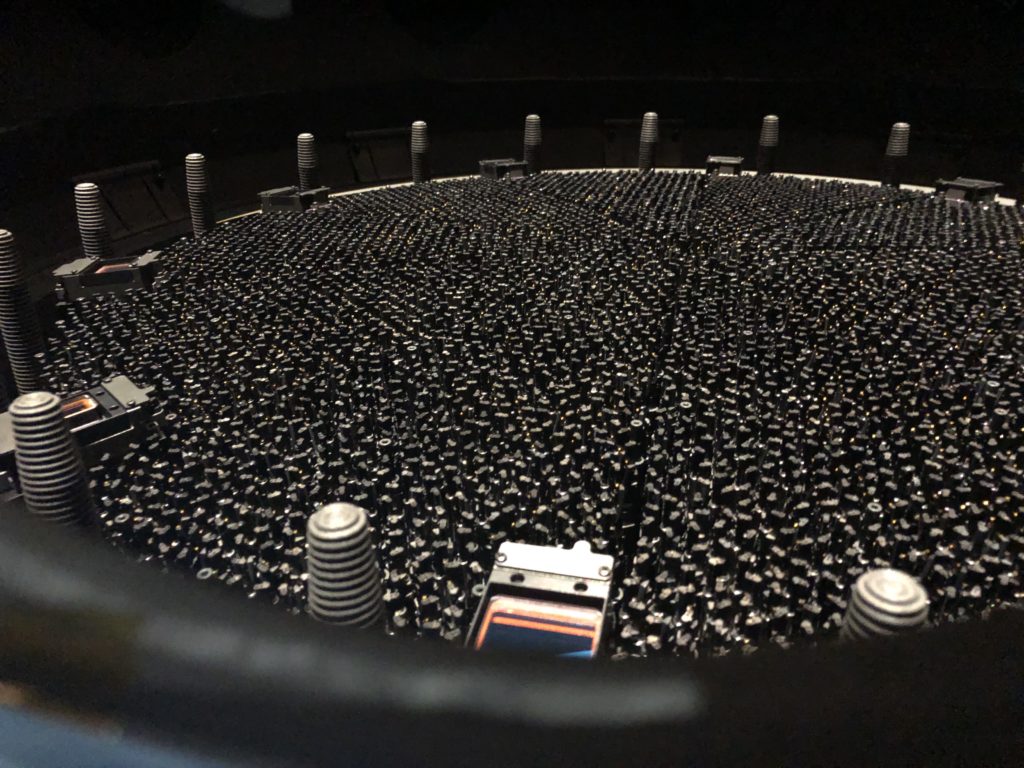 Instrument to detect dark energy is poised for debut
Instrument to detect dark energy is poised for debutMembers of a University of Rochester cosmology group who are a key part of a multi-institutional effort to create the most detailed 3-D map ever made of the universe are looking forward to the launch of the instrument later this year in Arizona.
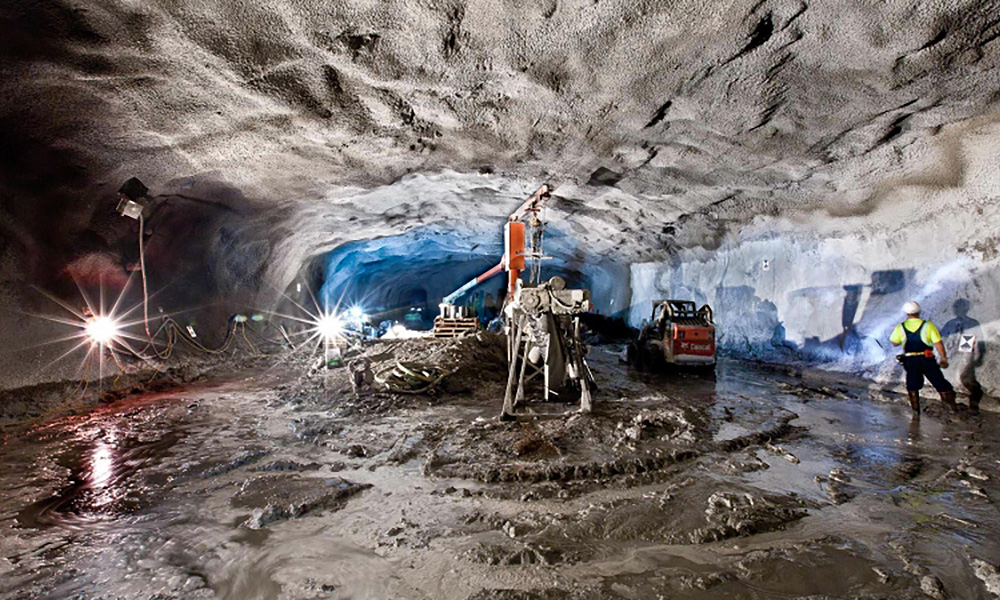 In an underground mine in South Dakota, researchers unravel mysteries of dark matter
In an underground mine in South Dakota, researchers unravel mysteries of dark matterThe digital electronics designed, developed, delivered, and installed by Rochester researchers are an integral piece of the puzzle, as an international team of scientists works to finally detect dark matter particles.


